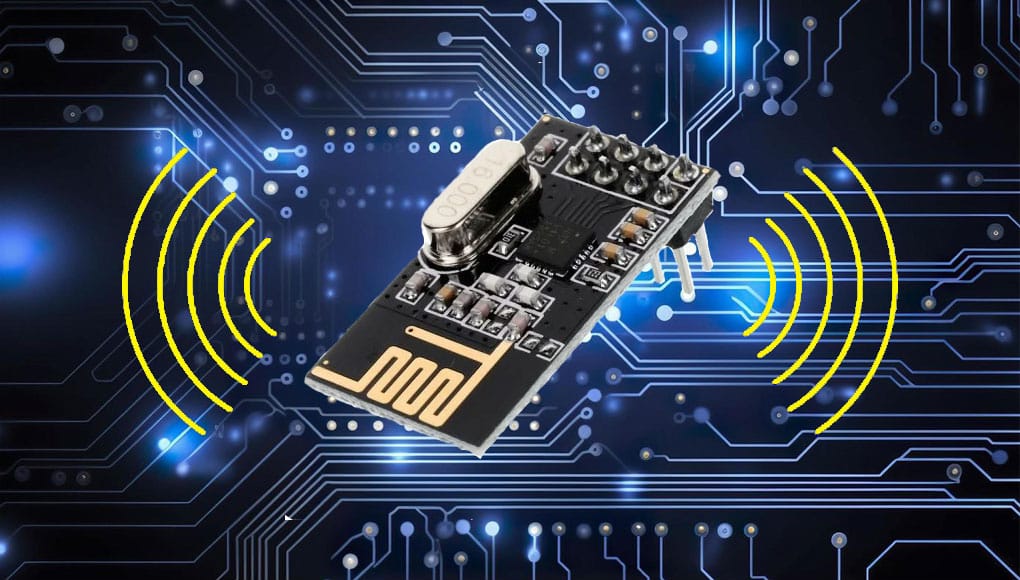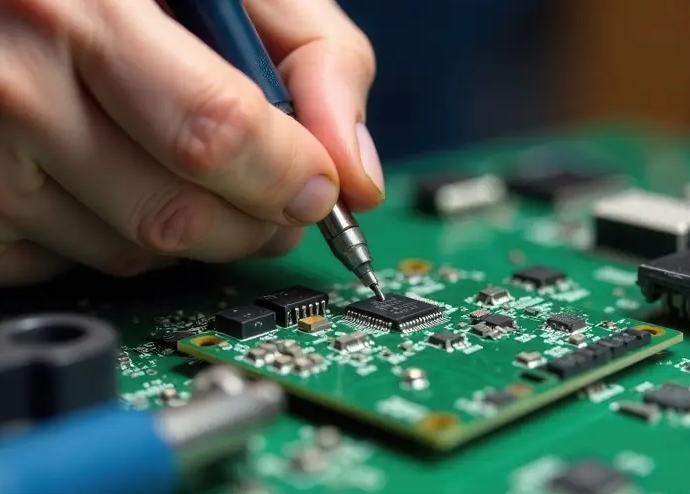What to Consider When Integrating a UWB Module Into IoT Devices?
UWB modules enable precise ranging, secure communications, and low-power operation. Today, many industries have adopted UWB technology to enhance location tracking, safe access, and high-speed data transmission. When integrating a UWB module into IoT devices, designers must consider multiple factors to ensure optimal performance. The design process requires a balance between power efficiency, physical space, antenna design, and regulatory compliance.
Power Consumption and Energy Efficiency
Power consumption is always a top priority in IoT design. The UWB Module must deliver high performance without draining batteries quickly. Many IoT devices run on small batteries, making energy efficiency critical for long-term use.
Engineers should select UWB Modules with optimized power modes and sleep functions. Some modules offer dynamic power scaling based on activity levels. In addition, designers must evaluate how the UWB Module interacts with other system components. By carefully managing duty cycles and transmission intervals, teams can extend device life while maintaining reliable UWB functionality.
Size Constraints and Hardware Integration
Size matters in IoT product design, especially for wearables or compact sensors. The physical dimensions of the UWB Modules directly affect how easily they integrate into the device’s architecture. Selecting a module that fits both the space and performance requirements is essential.
Furthermore, engineers should consider the module’s pin configuration and mounting options. Surface-mount versions often simplify the assembly process. Compatibility with standard development boards can also speed up prototyping. Careful attention to size, layout, and hardware connections ensures a smoother integration process, reducing development time and avoiding costly redesigns.
Antenna Design and Signal Optimization
Antenna design plays a crucial role in UWB Module performance. UWB signals operate across a wide frequency range, making antenna tuning more complex than in conventional wireless systems. A poorly designed antenna can degrade ranging accuracy and overall system efficiency.
Teams must carefully match the antenna to the UWB Module and device housing. Factors like material interference, ground planes, and antenna placement can significantly impact signal performance. Using simulation tools and professional antenna tuning services can help optimize these designs. A well-optimized antenna ensures that the UWB Module operates at peak accuracy and signal strength.
Regulatory Compliance and Certification
Every UWB Module must meet strict regulatory standards, which vary across regions. Compliance with local rules ensures that devices can be legally sold and used in target markets. Failure to meet these standards may cause costly delays or legal issues.
Engineers should verify that their chosen UWB Module already carries certifications like FCC, CE, or IC, depending on the target region. In some cases, integrating the module into a new product may require additional testing. Early planning for certification helps streamline market approvals and prevents unforeseen compliance issues during development.
Interference Management and Coexistence with Other Wireless Technologies
UWB Modules must coexist with other wireless technologies, including Wi-Fi, Bluetooth, and cellular networks. While UWB’s ultra-wide frequency range reduces overlap with many standard systems, interference can still arise under certain conditions.
Designers should analyze their specific application environment to identify potential sources of interference. Shielding, filtering, and innovative frequency management can help reduce signal conflicts. Furthermore, testing the UWB Module alongside other radios in the system ensures stable operation under real-world conditions. Careful interference management prevents performance degradation and increases overall system reliability.
Firmware, Software, and API Compatibility
Software integration is another critical consideration when adopting a UWB Module. Engineers must review available APIs, development kits, and firmware versions to ensure seamless integration with their system architecture.
Modules with well-documented SDKs allow faster prototyping and easier customization. Developers should also examine long-term firmware support, including security updates and feature enhancements. A UWB Module backed by strong software support reduces development risks and provides greater flexibility for future upgrades or product iterations.
Scalability and Supply Chain Considerations
As IoT deployments scale, supply chain stability becomes essential. Designers should evaluate the long-term availability of their selected UWB Module to avoid production interruptions. Modules that are widely supported by multiple distributors reduce the risk of supply shortages.
Additionally, it’s crucial to assess whether the UWB Module offers scalability across different product lines. Using a consistent module family simplifies development for future products, reduces certification costs, and accelerates time to market. In short, scalability and supply continuity directly impact the overall success of any IoT project.
Key Factors in Choosing the Right UWB Module for IoT Devices
Power consumption, size constraints, and regulatory compliance are factors that must be weighed when selecting the right UWB module for IoT devices. Each aspect plays a vital role in delivering a reliable, high-performance IoT solution. Integrating a UWB module into a device not only unlocks advanced features such as precise location tracking and secure communications but also ensures the long-term efficiency of the device and regulatory approval.







